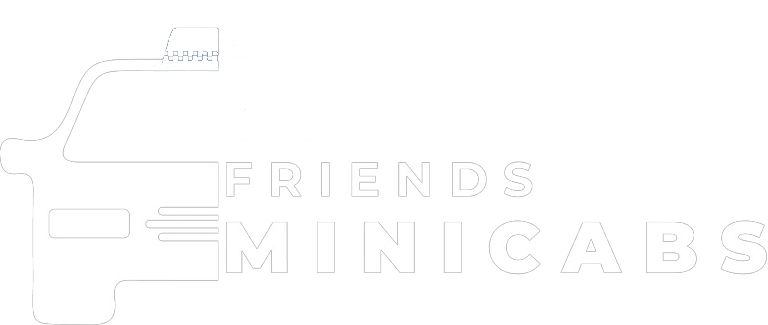A day in the life of a minicab driver involves careful planning, patience, and quick problem-solving. Drivers check certified PCO licenses and private hire vehicles, inspect their cars, and verify their route cards. Their routine includes airport transfers, early morning pickups, and dealing with heavy traffic during rush hours. They also manage various expenses such as fuel, maintenance, road fees, and overload charges.
They use living cards and booking applications to cut past miles. Customer service, a fast solution to stable problems and nerves, customer service earns repeated prices. Night Drivers are well balanced with safety checks, decent cars and specific magazines. This actually means smoother attractions, lighter prices and fewer surprises. Read the rest and study quarter work hacks, passenger labels, faster booking tips, and increased income.
Why Driver instructions matters to passengers, locals, and visitors
Understanding the driver instructions leads to faster, safer microphones and smaller amounts. Residents can avoid high costs; visitors will be in meetings and welcome advice on reducing tensions at the airport. Pure expectations improve passenger safety and show why reliable service at London Airport is important.
What this reveals about reliability, safety, and pricing
You will learn how safety checks, licenses, and route choices shape fares and trust. Knowing minicab driver safety tips for passengers’ gives you leverage to pick fair rides. Clear fare logic helps you compare pre-booked quotes against metered black cab prices.
Before the shift: prep, checks, and routes
Every shift starts with a safety sweep, paperwork checks, and route planning. Drivers confirm MOT, insurance, and the private hire vehicle licensed PCO before they start. These quick checks reduce legal risk and reassure passengers that the minicab London car is roadworthy.
Drivers also check maps for ULEZ (Ultra Low Emission Zone charges. It’s a fee that drivers must pay when they enter certain parts of London) charges and the congestion charge because fees change route choice. For airport work they add parking and short stay costs into quotes. Knowing which roads cost extra avoids surprise bills for riders and drivers alike. For more details see Why Choose Licensed Taxis Over Ride-Share Apps

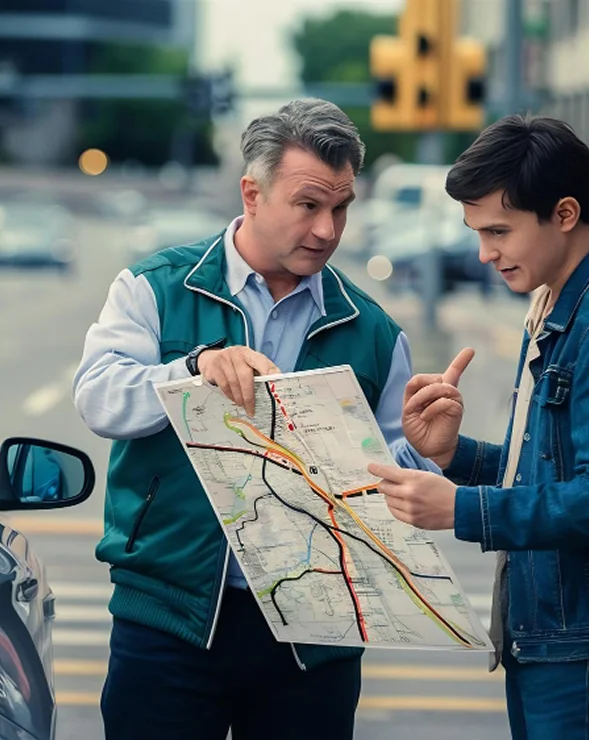
Vehicle checks, paperwork, and licenses (what passengers should know)
Passengers may ask for approved vehicles during rental or confirmation of booking. Drivers usually display the identifier and check payment methods to avoid disputes. This simple control protects the runners and drivers, making the airport microphone smoother.
Planning for congestion zones, ULEZ, and airport runs
The right pilot will check your ULEZ card and brakes before you do your work. They provide routes to avoid daily expenses and include them at prices. Airport microphones require short parking and each can add additional costs to maintain a fair price, so each driver can add.
The morning run: airport pickups and early commuters
A typical day for a London minicab driver often starts before dawn at the airport ranks. Drivers track flight schedules closely to ensure they arrive on time for passenger pickups. They manage waiting costs, balance their daily earnings, and use pre-booked jobs to reduce downtime and keep trips efficient.
As the day progresses, demand picks up and short local trips become more frequent. Whenever possible, drivers prioritize longer, higher-paying journeys. They rely on live traffic updates, card payment systems, and ride-booking apps to secure profitable fares and stay connected across busy areas of central London.
Heathrow, Gatwick and Stansted logistics (times, tips)
Heathrow pickups must use short stay car parks for meet ups, not forecourts, and drivers follow parking rules to avoid fines. Gatwick uses distinct north and south meeting points, and Stansted needs extra coach lane timing. Use flight trackers and what3words for pickups for precision.
Peak-hour routing and surge management
At peak times, drivers moved to the hot area and became friends in the area to enter demand. Use live navigation signals, overload, and distribution for booking to predict pings. Overvoltage increases fair value, but drivers carefully control speed and maintenance to increase passenger expectations.
Midday reality: downtime, local jobs, and queues
Local prices are shorter than half the airport and next to stores and offices. Drivers balance the risk of cancellation and the likelihood of payment in the hopes of taxi rank against application workplace roaming. In animated hubs, waits may be more stable than ping's persecution.
Mathematics: The driver will compare prices for short money in the course after earning costs such as fuel and fees. A simple hourly meter will determine whether it is worth the wait or if it is worth the work directly. This mathematics explains many obvious obstacles.
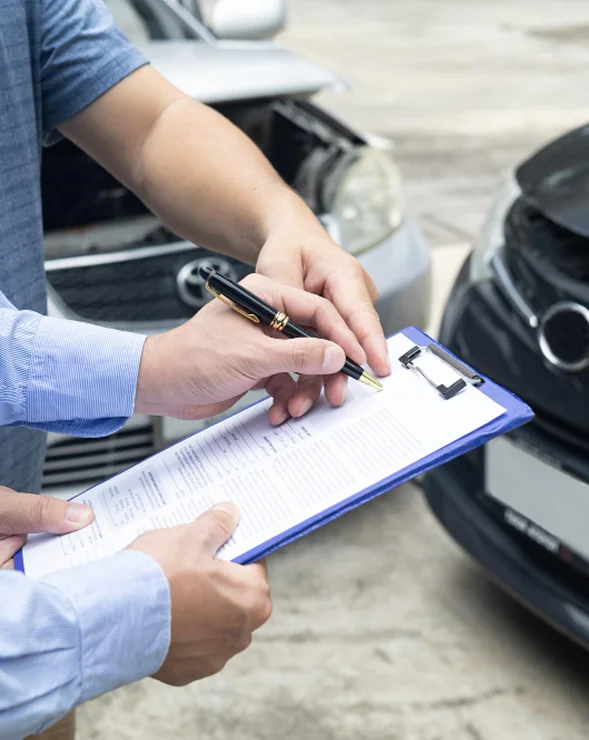
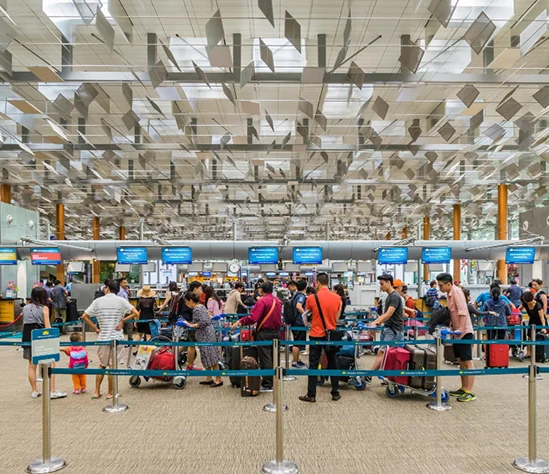
Taxi ranks vs app jobs, when to wait and when to chase
Taxi ranks suit short, regular fares near stations and terminals, while apps can return longer jobs with more dead mileage. Drivers watch acceptance rates, cancellations, and tips to choose. In dense areas rank waiting often outperforms random roaming.
How drivers balance short hops and long fares
Drivers make short hops for stable money, but take longer prices when payment is paid. They monitor average speed, sequence and tip tips to assess actual hourly payments. Intelligent choice of work in this knowledge guide.
Tech and tools every modern minicab driver uses
A Day in the Life of a Mini Cab Driver in London runs on GPS, apps, and simple bookkeeping. Drivers use booking app dispatch feeds, live traffic, and route tools to accept efficient jobs. Good tech trims dead mileage and increases hourly take home.
Payment tools accept card and mobile payments, and drivers email digital receipts for each trip. Simple accounting apps sync fares and expenses for HMRC time, making tax simpler and reducing audit worry. Drivers track fuel and maintenance for accurate net income.
Booking apps, dispatch systems, GPS and what3words
The application provides jobs, displays microphone notes, and includes driver and vehicle identifiers. Integrating What3 words for microphones reduces confusion in the market and large locations. Combined with card and traffic notifications, these tools reduce the minutes spent and increase reliability.
Payment systems, receipts, and tax tips
Most drivers accept contactless cards and payments and send receipts via email or SMS. A simple electric table or travel register for requests can help you claim legal deductions such as fuel, insurance, telephone accounts and improve your net payments for tax hours.
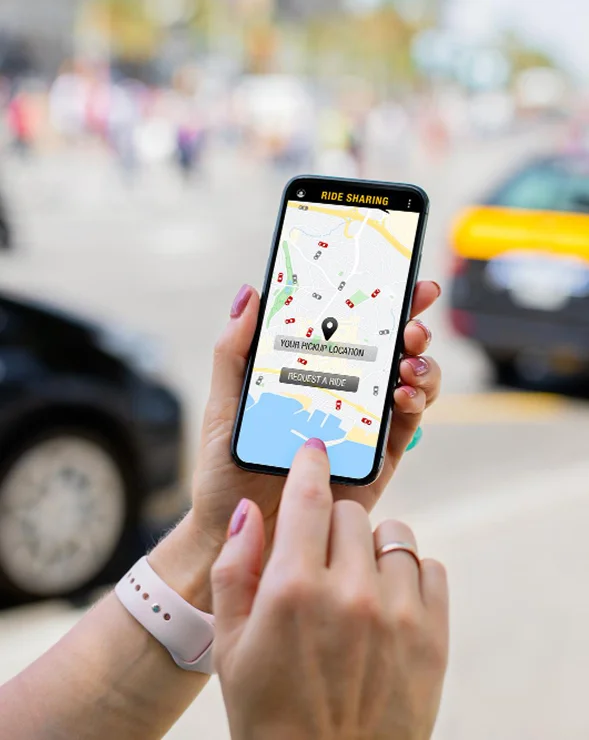
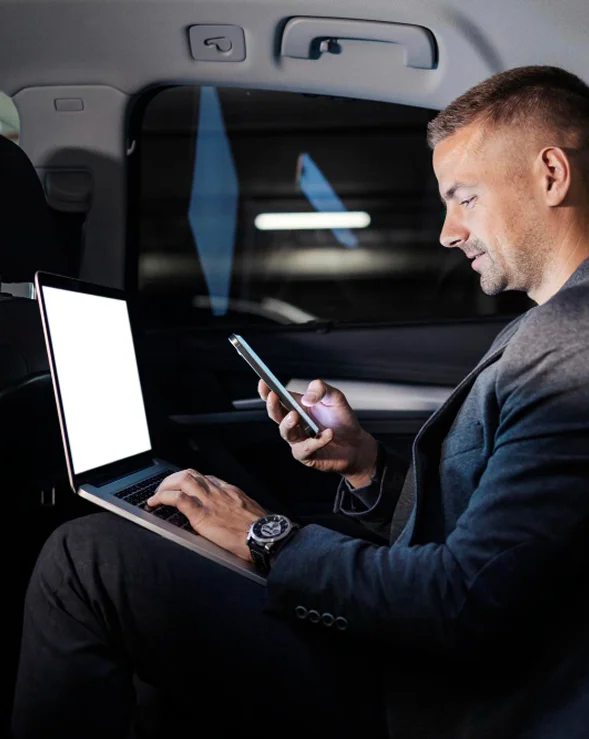
Customer interactions and common stories
Drivers recently meet passengers, tourists and tourists in the evenings and quickly study rapid social signals. Language barriers and rough customer treatment require mild scenarios and strict restrictions. The prepared driver will unwind the tension, support effective travel and protect passenger comfort.
The excellent pilot serves as a local guide and has a reliable dinner far from the cafes, parks and tourist traps. These major local points and hidden gems establish mutual understanding and often receive higher advice on local knowledge that applications cannot provide.
How drivers handle language barriers, rude passengers, and grateful ones
Drivers use short translations, gentle tones and fast climbing lines to avoid conflict. They follow the main passenger safety advice and check payment methods early to close the conflict quickly. These scenarios provide safe travel and bring criticism.
Local highlights drivers recommend (hidden gems passengers love)
Drivers often recommend small cafes, quiet parks and pictures of animated streets. They know that rapid dumping points and traffic will be cleaned up quickly. Use these major local points and these hidden gems to jump over the crowd and enjoy a more local experience.
Safety, rules, and regulations
The London Act separates private rental teams, so the rules for private taxis are important. Minicubs must be forgiving, not declared. Drivers show that PCO and operator details will save notes to meet TFL standards and protect passengers.
Night Quarter offers additional safety measures, including parking in the lighting area, instrumental chambers and ETA exchanges with the base. Passengers must book an approved operator and check driver data before landing. These steps reduce risk during subsequent trips.
Private hire vs black cab rules passengers may not know
You may not know personal employment for cabin passenger black rules Mini-Cubs can't enter the streets or create black cabins, while they can't wait for Hacky's rank. Always request confirmation of your booking before landing.
Check your car records to ensure that your trip is approved and you have insurance. Night driver safety advice and passenger safety advice. Drivers avoid parks where isolated stops and video surveillance, and lighting exist.
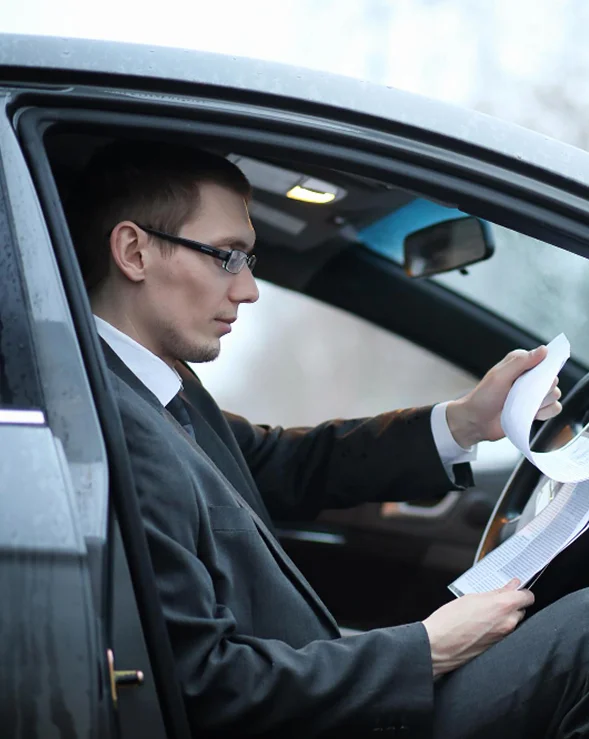

Driver safety at night, passenger safety tips
Drivers avoid isolated stops and park where CCTV and lighting are present. Passengers should sit in the back, check driver ID, and share an ETA with someone they trust. If you feel unsafe, get out in a busy place and report serious incidents immediately.
Money, expenses, and how fares actually work
A Day in the Life of a Mini Cab Driver in London shows why change fares by time, distance, and booking channel. Typical rates reflect traffic, ULEZ charges, waiting time, and parking. Knowing Heathrow to central London minicab cost ranges helps you pick reliable precooked options.
Drivers deduct running costs like fuel, insurance, maintenance, and platform commissions from gross fares. Depreciation and idle time shrink hourly pay more than passengers expect. Simple weekly tracking shows why some trips get declined and others are accepted.
| Route | Typical private hire fare | Typical black cab fare | Notes |
|---|---|---|---|
| Heathrow — Central London | £40 to £80 | £90 to £110 | Precooked minicabs often quote a flat rate, black cabs use the meter. Data varies by time and traffic. |
Typical fares, airport flat rates, and extra charges to expect
Precooked minicabs sometimes offer fixed airport rates that include parking and waiting time. Black cabs use meters that rise in heavy traffic. Ask if ULEZ charges or parking fees are included before you confirm to avoid surprises.
Running costs, fuel, insurance, and what eats driver revenue
Fuel, insurance, servicing, and licensed fees reduce gross income dramatically. Platform commissions and booking fees lower net pay further. Drivers use simple spreadsheets to forecast take home pay and decide which shifts and routes are worth their time.
End of the day: cleaning up, logging off, and reflections
A Day in the Life of a Mini Cab Driver in London rarely ends without a quick clean and a log of the day's trips. Drivers scrub high touch points, empty rubbish, note incidents, and run a short cleaning checklist before they clock off to protect health and ratings.
Drivers reflect on missed fares, traffic, and good rides to tweak routes and service. They wish passengers knew realistic wait times and why some short jobs get declined. Small courtesies and clear directions improve service and help explain real earnings pressures.
Quick vehicle cleanup checklist for next shift
A quick cleaning checklist includes wiping handles and seats, vacuuming floors, topping up sanitizer, checking tyre pressure, and confirming chargers and paperwork. Drivers add mileage notes and minor faults to an app log so the next shift starts in a safe, fresh car.
Common reflections: what drivers wish passengers knew?
Drivers wish passengers understood delays, realistic fares, the cost of dead mileage, and real earnings. They prefer clear pickup points, polite communication, and small courtesies like consolidating luggage which speed trips and often result in better tips.
Frequently Asked Questions (FAQs)
Typical Heathrow to central London minicab cost for a pre booked ride is about £40 to £80, depending on vehicle and time. Black cabs often run higher, near £90 to £110 in traffic. Confirm a fixed price when booking to avoid surprises.
Minicabs are safe when booked with a licensed operator and confirmed in advance. Un booked minicabs are illegal and may be uninsured. Check booking confirmation, driver name, licensed, and vehicle registration, and share your ETA for extra safety.
Most private London rental drivers work on flexible quarters, on average about 40-45 hours a week, with longer clocks and races at the airport. Drivers adjust clocks to demand and mix in the morning, evening and evening to maximize income
Advice is optional, but appreciated. Small tips are 5-10%. Or rounding at the next pound is common. To travel around the airport, understated advice to help with luggage and long expectations is refined and often expected.
To book, visit the 2 Friends Minicab airport transfers page, enter flight details, and confirm driver contact. For a secure 2friendsminicabs airport pickup London reservation include flight times for free monitoring and meet and greet. Book here:
Quote from a driver, anonymised:
"Plan pickups, confirm the flight number, and we handle delays. Clear logs save time and calm everyone."
